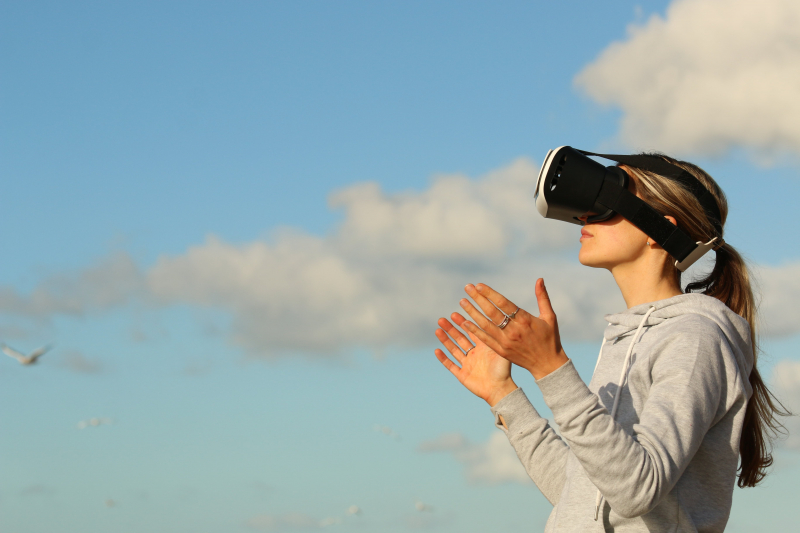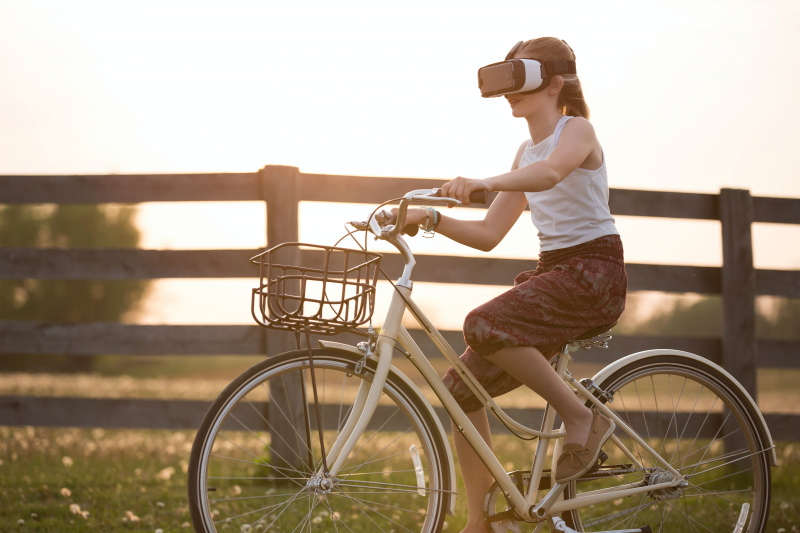Virtual Reality and Augmented Reality
Essay topic: The Causes and Consequences of Virtual Reality and Augmented Reality on Human Perception
Answer:
In the rapidly advancing landscape of technology, virtual reality (VR) and augmented reality (AR) have emerged as transformative tools, offering immersive experiences that blur the lines between the digital and physical worlds. This essay explores the causes behind the consequences of VR and AR on human perception, shedding light on the multifaceted impacts of these technologies.
One of the primary causes of the consequences associated with VR and AR is the alteration of sensory input. In virtual environments, users are presented with artificial stimuli that can override or manipulate their sensory perceptions. This can lead to a disconnection between the information received by the senses and the actual physical surroundings, impacting how individuals perceive space, time, and the reality they inhabit.
The effects of VR and AR on human perception are diverse. On the positive side, these technologies can enhance learning experiences, allowing users to visualize complex concepts in fields like education, medicine, and architecture. However, the immersive nature of VR and AR can also lead to negative consequences, such as a blurring of the boundaries between reality and fiction. This may result in challenges distinguishing between virtual and real-world scenarios, potentially leading to disorientation and cognitive dissonance.
Moreover, the prolonged use of VR and AR can impact social interactions. The immersive nature of these technologies may lead to isolation as individuals prefer virtual experiences over face-to-face communication. This shift in social dynamics can have implications for mental health, with potential consequences such as feelings of loneliness and a disconnect from the physical world.
In conclusion, the causes of the consequences associated with VR and AR lie in the alteration of sensory input and the immersive nature of these technologies. The effects range from positive enhancements in learning to potential challenges in distinguishing between virtual and real experiences, impacting social interactions and mental well-being. Recognizing and understanding these consequences are essential for navigating the evolving relationship between humans and immersive technologies in the modern era.












